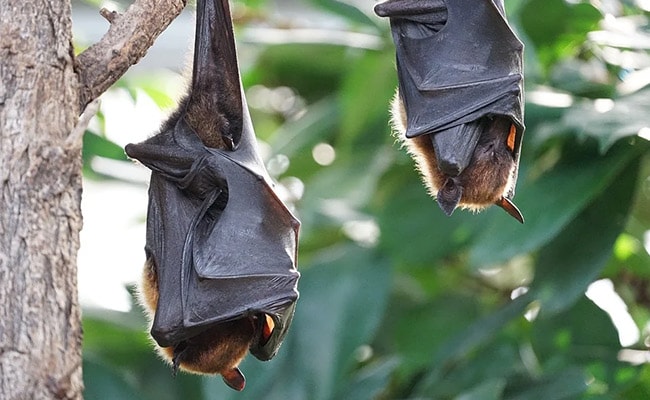NeoCov stands for new coronavirus, which Wuhan scientists have claimed to have found in bats in South Africa.
This is not SARs-CoV-2 or a variant of that. But this is only associated with MERS Coronavirus.
However World Health Organization has said that whether NeoCov coronavirus, reportedly found among bats in South Africa, poses a threat to humans requires further study.
“Whether the virus detected in the study will pose a risk for humans will require further study,” WHO told Russian news agency Tass.
WHO is aware of the new finding of Wuhan scientists and is in touch with the World Organization for Animal Health, the Food and Agriculture Organization to respond to this.
“Animals, particularly wild animals are the source of more than 75% of all emerging infectious diseases in humans, many of which are caused by novel viruses. Coronaviruses are often found in animals, including in bats which have been identified as a natural reservoir of many of these viruses,” WHO said.
While we’ve come a long way since COVID-19 was identified in Wuhan, China, there’s still a lot to learn moving forward.
The World Health Organization has said that whether NeoCov coronavirus, reportedly found among bats in South Africa, poses a threat to humans requires further study.
“Whether the virus detected in the study will pose a risk for humans will require further study,” WHO told Russian news agency Tass.
WHO is aware of the new finding of Wuhan scientists and is in touch with the World Organization for Animal Health, the Food and Agriculture Organization to respond to this.
“Animals, particularly wild animals are the source of more than 75% of all emerging infectious diseases in humans, many of which are caused by novel viruses. Coronaviruses are often found in animals, including in bats which have been identified as a natural reservoir of many of these viruses,” WHO said.
Chinese researchers have mentioned this new variant in a research paper that is yet to be peer-reviewed.
They claimed that this virus has a high death and transmission rate. It is not SARS-CoV-2 but associated with the MERS Coronavirus which could kill 1 in 3 infected people.
MERS Coronavirus is Middles East Respiratory Syndrome coronavirus. It is a zoonotic virus which means that it is transmitted between animals and people.
It was first identified in Saudi Arabia in 2012. According to WHO data, approximately 35% of reported patients with MERS-CoV have died.
Typical MERS symptoms include fever, cough and shortness of breath. Pneumonia, gastrointestinal symptoms, including diarrhoea, are also reported as symptoms, but not very common.
Most of the human cases of MERS-CoV infections spread through human to human infections.
In the recent few days, words like Florona, Deltacron have become a part of the Covid terminology, as scientists are engaged in tracking newer variants of SARS-CoV-2.
However, Florona and Deltacron are not real variants. While Florona is a combination of flu and coronavirus, Deltacron, a combination of Delta and Omicron, never existed and might be a result of contamination.
Omicron BA.2 is a sub-strain of Omicron, the variant which is driving the present surge of the pandemic.
Alpha, Beta, Gamma, Delta and Omicron are the variants of concern as classified by the WHO.
It should be kept in mind that NeoCov is not SARS-CoV-2; it is a new virus.









